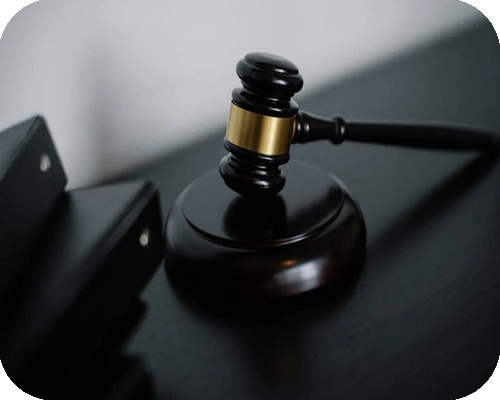Photo courtesy of Pexels
According to the Association of Health Care Journalists (AHCJ), medical errors are the third leading cause of death in the U.S., behind heart disease and cancer. From misdiagnosis to surgical errors, these mistakes can have life-altering consequences for patients, potentially leaving them with long-term health problems and significant financial costs.
In these cases, a medical malpractice claim may be filed against the healthcare provider responsible. However, despite their injuries and other damages incurred, claimants may still face challenges in proving their case. In this article, we will look at some of the legal hurdles claimants may have to overcome when pursuing a medical malpractice claim.
Proving a Breach of Duty
A key element of a malpractice claim is proving that a healthcare provider failed to meet their duty of care. This means showing that a competent medical professional, under similar circumstances, would have provided better treatment to the claimant. However, establishing this is not always straightforward.
The burden of proof falls on the claimant, who must present clear evidence that the healthcare provider’s actions were negligent. This typically requires expert testimony from medical professionals who must explain how the defendant’s care fell below accepted medical standards.
However, conflicting opinions among experts can complicate matters. Medical science is not always black and white, and doctors may have different views on what constitutes proper care. If the defense can argue that their decisions were reasonable, proving medical malpractice becomes much more difficult.
Establishing Causation
Once a claimant proves that a healthcare provider acted negligently, they must also establish causation, This means proving that the negligence directly caused their injury. A medical professional may have made a mistake, but if the claimant cannot prove that this mistake directly led to harm, the case may fail.
Courts often use the “but-for” test to determine causation, asking whether the injury would have occurred but for the provider’s negligence. For example, a claimant in a birth injury case may argue that but for the force used by the doctor during the birth, their baby would not have suffered nerve damage and developed Erb’s palsy. For parents affected by this issue, it is reassuring to know specialized Erb’s palsy law firms can help them seek the compensation they deserve.
Defendants frequently challenge causation by arguing that the injury resulted from a pre-existing condition or other unrelated factors. Disproving this typically requires extensive medical evidence and expert testimony.
Time Constraints
Medical malpractice claims are subject to statutes of limitations, meaning they must be filed within a specific time frame. This is typically one to three years after the injury or its discovery. Missing this deadline can result in the case being dismissed, even if it has merit.
These legal deadlines can create significant pressure for claimants, especially when they may already be struggling with physical and financial challenges. Obtaining medical records, consulting experts, and preparing legal arguments take time, causing some claimants to rush their cases or settle for less than they deserve.
While medical malpractice lawsuits are challenging, understanding the legal hurdles can help claimants better navigate the process and increase their chances of securing the compensation they deserve.
How useful was this article ?
Click on a star to rate it!
Average rating 0 / 5. Vote count: 0
No votes so far! Be the first to rate this post.
We are sorry that this post was not too useful for you!
Let us improve this post!
Tell us how we can improve this post?















